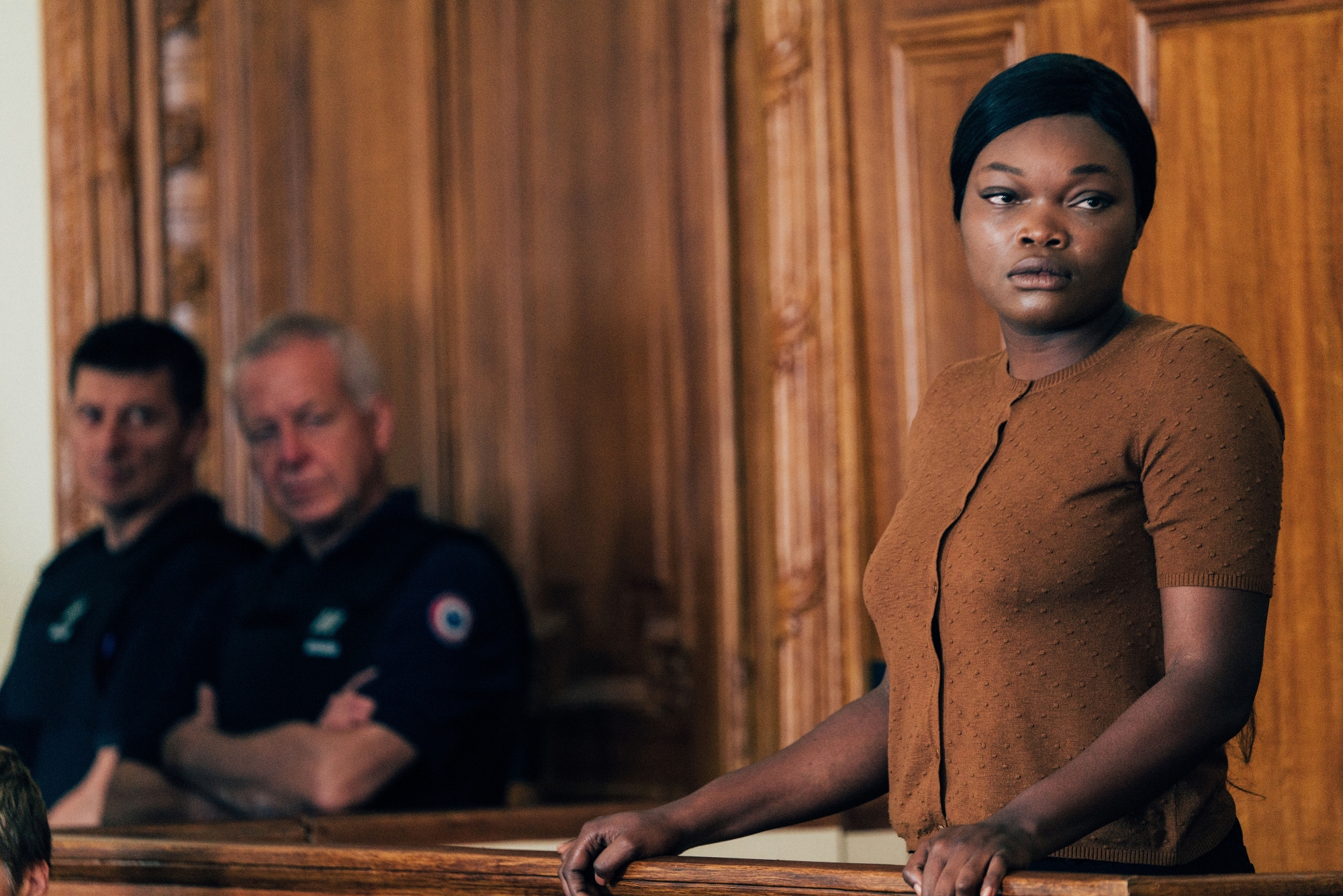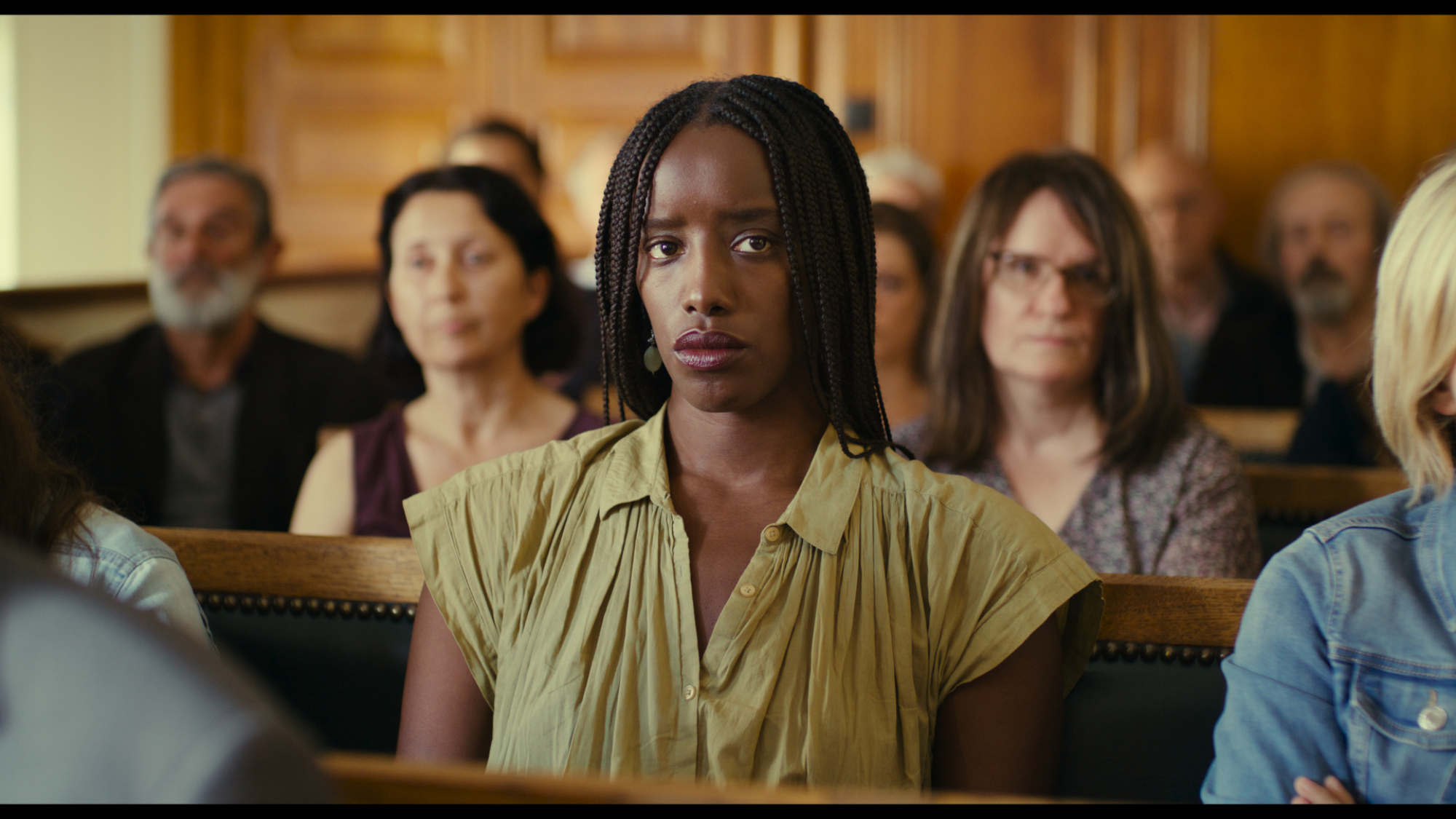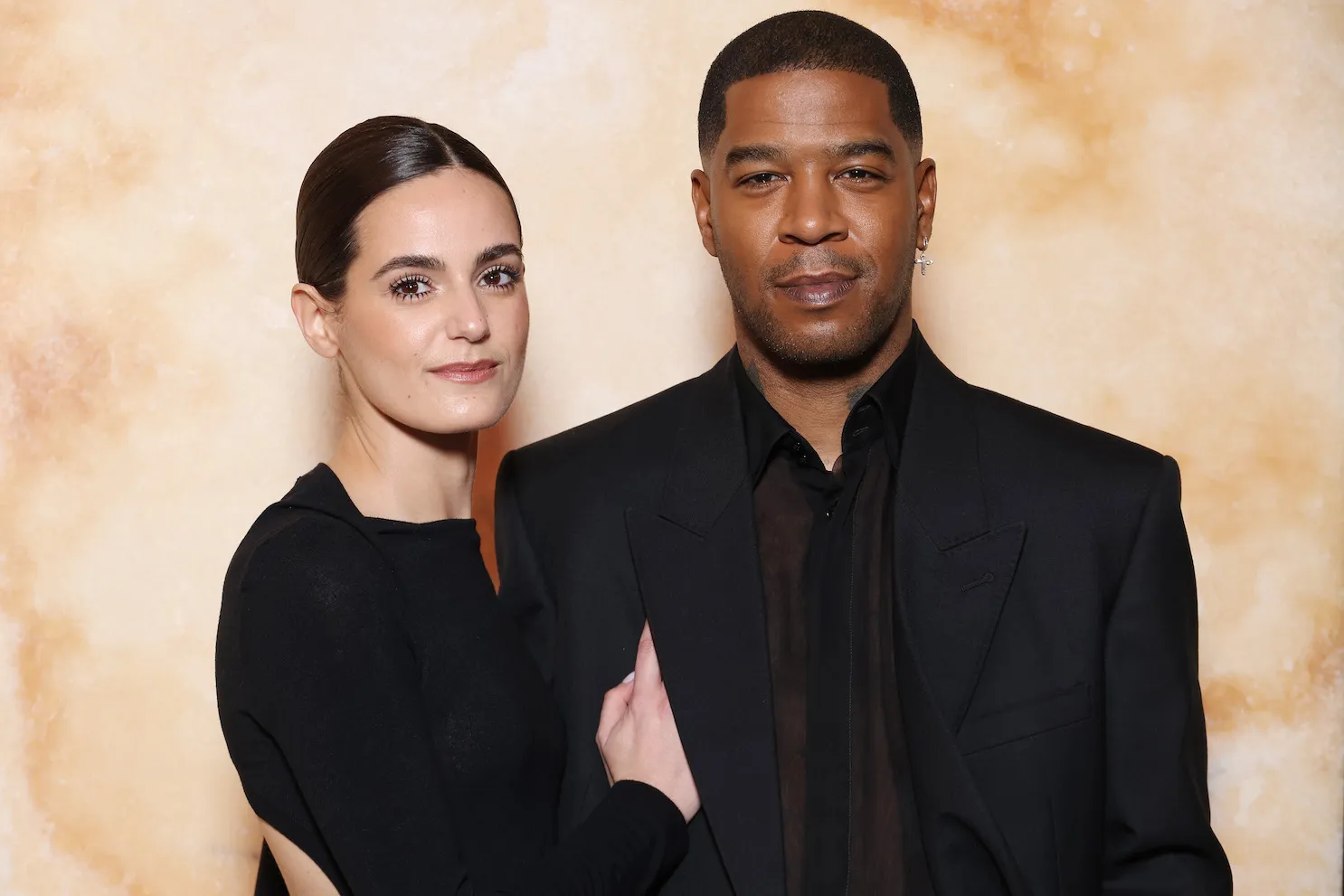
‘Saint Omer’ Movie Review: Alice Diop Puts Viewers in the Jury Box for Chilling Courtroom Drama
Documentary filmmaker Alice Diop moves into her first narrative feature film with Saint Omer. Her examination of contemporary French society in her previous works proves to be a valuable asset in the legal drama that continues to do so. But, it’s Diop’s added depiction of traumatic motherhood coupled with tremendous performances from Kayije Kagame and Guslagie Malanda that elevate the film. Saint Omer raises some fascinating questions, even if some of its delivery holds the audience at an arm’s length.

‘Saint Omer’ brings the crimes of Medea into the modern courtroom

Rama (Kagame) is a young novelist ready to prepare her next book. She decides to attend the trial of Laurence Coly (Malanda), who the court accuses of killing her 15-month-old daughter by intentionally leaving her on a beach in northern France during high tide.
The case appears pretty open and shut, but the judge wants to know why the accused did it. However, Laurence doesn’t have an answer for that and wants to discover the answer to that question herself. Rama becomes increasingly invested in the testimonies of Laurence and the witnesses, shaking her to the core. She’s forced to confront her own judgments and assumptions in the process.
An increasingly complicated examination of motherhood
The unspoken court dynamic is constantly at play in Saint Omer. Laurence is a Black woman surrounded by predominantly white people in both the jury and the audience. Judgments are already assumed in the way they look at her and the crimes she was accused of. However, Laurence’s high level of education and accent contradict the image they wish to portray her as. Rama recognizes these attributes, but she sees that something more unusual is at play.
The court reads through prior interviews conducted and reports on Laurence’s upbringing. On paper perceptions are black-and-white, but her retorts prove that life is much more complicated than how others view an individual from the outside. Talks of curses and sorcery fill the courtroom, diminishing the prosecution’s patience. But, to her, this is no laughing matter. Spells, depression, and neglect are only some of the potential reasonings for why Laurence would come to kill her child that she took care of so marvelously up to that point.
Rama has her own personal battles with motherhood and depression. She has a child on the way and ongoing issues with her mother that have yet to be addressed. Rama’s novel draws parallels between Laurence and the story of Medea, which increasingly haunt the novelist behind closed doors. She won’t be able to wrap her arms around this one so easily, especially as she reflects upon her own reality.
‘Saint Omer’ interrogates both Laurence Coly and the audience

Diop’s documentarian background also plays into how she visually tells the story. The large majority of Saint Omer takes place in the courtroom with stationary figures. The camera pans from side to side, taking in the full breadth of the room. Passing clouds amplify and dim lighting, allowing Diop to control brightness and darkness in unique ways.
Saint Omer predominantly emphasizes its lead performances with long takes, allowing both the performers and the audience to sink into its grasp. Kagame brings a level of empathy to Rama, especially as she becomes increasingly aware of the shocking revelations of the case and how they apply to her own life. Meanwhile, Malanga’s snappy back-and-forth exchanges with the court in the role of Laurence is nothing short of breathtaking. Without ever speaking directly to one another, they put on an incredible display with stares and small gestures.
It’s a slow build to some significantly emotional moments, but Diop’s story really shines in the courtroom. Rama’s arc outside of the legal space doesn’t quite engage on the same level, creating abrupt pauses in its pacing. Meanwhile, Saint Omer is undoubtedly heavy-handed in other instances, such as watching Rama pull up a film adaptation of Medea on her laptop that acts as a direct juxtaposition to Laurence’s crimes.
Nevertheless, there’s undoubtedly plenty to admire in Diop’s narrative feature debut, who demonstrates a compassionate filmmaking perspective that draws the viewer in. Saint Omer goes beyond the typical court drama and asks the difficult, unspoken questions.


